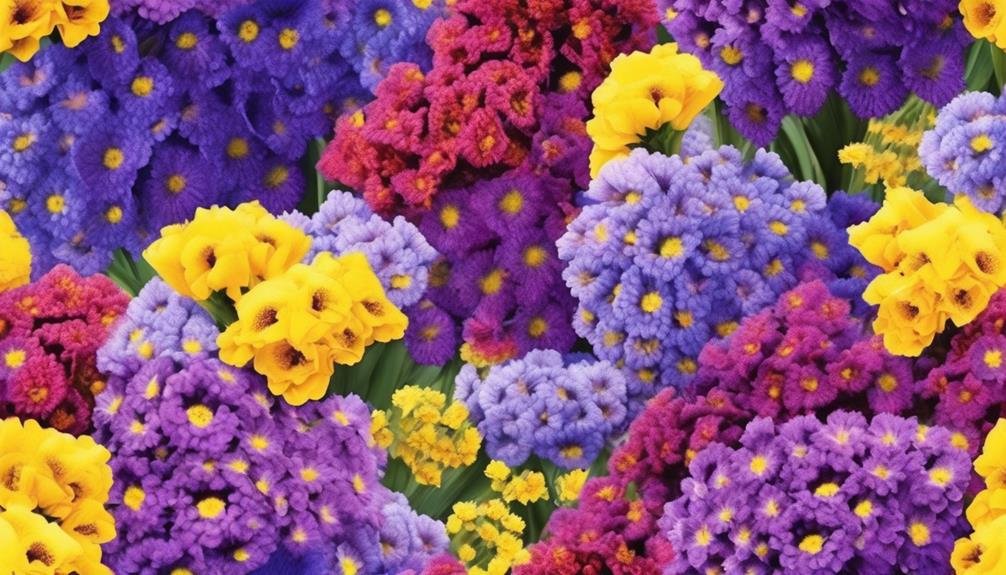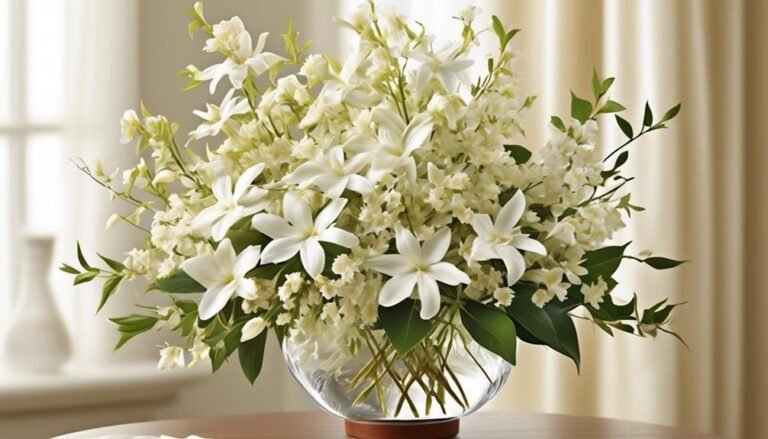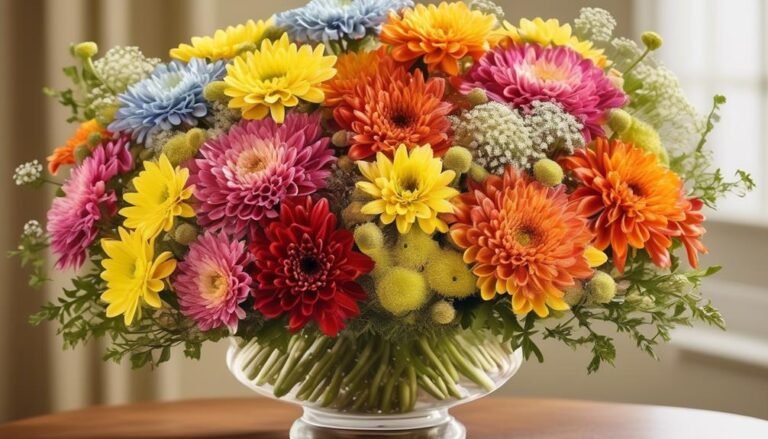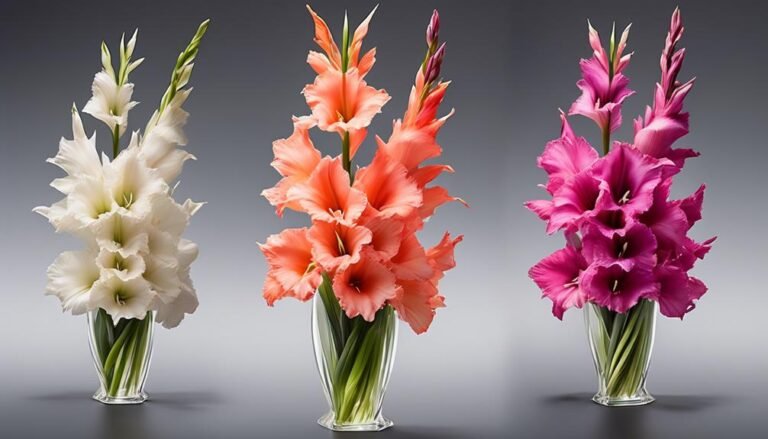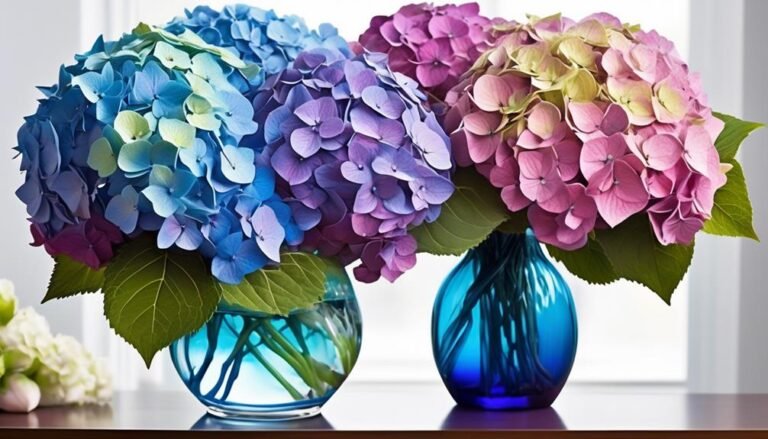Popular Types of Florist Flowers – Statice
Statice flowers: A Closer Look
Statice flowers are a popular choice among florists due to their versatility and symbolic significance. These resilient blooms come in various colors and varieties, making them a favorite for floral arrangements.
Botanical Features
Statice flowers, scientifically known as Limonium, are characterized by their tiny, densely packed flowers that form clusters atop sturdy stems. They are known for their long-lasting nature, making them ideal for dried flower arrangements. Statice blooms come in colors ranging from vibrant purples and pinks to soft blues and whites, adding a pop of color and texture to bouquets.
History and Symbolism
The history of statice dates back to ancient times, where it was used for its medicinal properties and as a symbol of remembrance. In the language of flowers, statice symbolizes success, remembrance, and sympathy, making it a meaningful choice for various occasions, including weddings, funerals, and graduations.
Care Tips
To ensure the longevity of statice flowers, it's essential to trim the stems at an angle and place them in a clean vase with fresh water. Additionally, removing any foliage below the waterline and keeping them away from direct sunlight and drafts will help maintain their freshness.
In conclusion, statice flowers have stood the test of time as a beloved choice for florists and flower enthusiasts alike. Their unique botanical features, rich history, and symbolic meanings make them a fascinating and meaningful addition to any floral arrangement.
Scientific Name
Statice, also known as sea lavender, is a flowering plant scientifically named Limonium and belongs to the Plumbaginaceae family. This plant has versatile uses and symbolism, making it a popular choice for various occasions.
Uses and Symbolism:
Statice is commonly used in floral arrangements and bouquets due to its ability to retain its color and form when dried. It symbolizes remembrance, success, and sympathy, making it a meaningful addition to different floral compositions. In traditional medicine, certain species of statice have been utilized for their astringent properties and as a treatment for coughs and respiratory ailments.
Cultivation and Propagation:
Statice plants thrive in well-draining soil and full sunlight, making them suitable for a variety of landscapes. They're often cultivated from seeds, which are sown directly into the soil after the last frost. Once established, the plants are drought-tolerant and require minimal maintenance. They're ideal for rock gardens, borders, and coastal landscapes due to their tolerance to salt spray and sandy soils. Propagation can also be achieved through division of mature plants to create new specimens.
Background History
Limonium, commonly known as Statice, has a rich history and profound symbolism in various cultural and botanical contexts. The Victorian era particularly embraced the language of flowers, using them to convey unspoken emotions. Statice, with its diverse color meanings, was often included in floral arrangements to express support, gratitude, success, courage, remembrance, and happiness.
Color Symbolism:
- Blue: Symbolizes sympathy
- Pink: Represents gratitude
- Purple: Signifies success
- Red: Conveys courage
- White: Reflects remembrance
- Yellow: Represents happiness
The enduring cultural significance of Statice has made it a popular choice in floral arrangements, especially for occasions where conveying specific sentiments is essential.
Physical Description
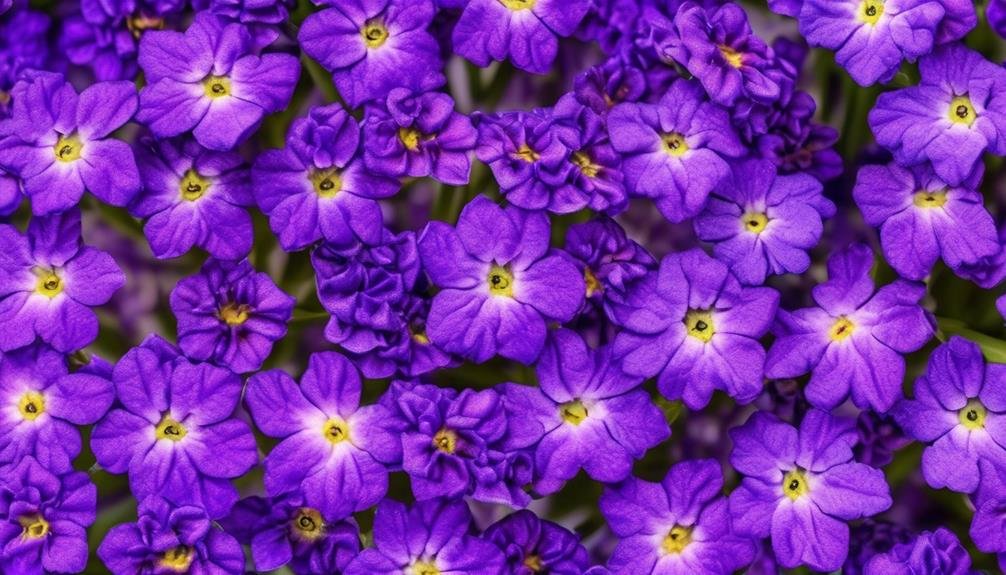
Statice flowers have papery, funnel-shaped petals in various colors and lance-shaped, leathery leaves. They're known for their small clustered blooms on long, sturdy stems, making them a popular choice for fresh and dried floral arrangements. The papery texture of their petals adds a unique tactile element to floral displays, and their versatility makes them ideal for a wide range of decorative applications.
In the language of flowers, Statice blooms symbolize remembrance, sympathy, and lasting beauty, making them a popular choice for funeral arrangements and memorials. They also convey feelings of success, happiness, and gratitude, adding depth and emotion to floral compositions.
Whether used fresh or dried, the enduring beauty and symbolism of Statice flowers make them a cherished component of floral design, adding both visual appeal and emotional resonance to various occasions.
Colours and Characteristics
Statice flowers come in a variety of colors, each carrying its own symbolic meaning and adding depth to floral arrangements. Here are the symbolic meanings and suitable floral arrangements for different colors of statice flowers:
- Blue: Symbolizes serenity and tranquility, making it suitable for sympathy bouquets to convey a sense of calm and peace. It's also a fitting choice for baby showers and weddings.
- Pink: Represents happiness and admiration, perfect for birthday bouquets or to express appreciation and admiration.
- Purple: Signifies royalty and luxury, adding elegance to arrangements and suitable for formal events or to convey grandeur.
- Red: Symbolizes love and passion, making it ideal for romantic occasions such as anniversaries and Valentine's Day.
- White: Represents purity and sincerity, often used in wedding bouquets to symbolize trust and commitment.
- Yellow: Symbolizes happiness and joy, adding a vibrant and cheerful touch to arrangements, perfect for celebratory occasions.
Understanding the symbolic meanings of different colors allows florists to create arrangements that convey specific emotions and messages, adding depth and significance to the overall design. Whether it's a wedding bouquet or a sympathy arrangement, the colors and characteristics of statice flowers play a crucial role in enhancing the beauty and meaning of floral designs.
Varieties Available
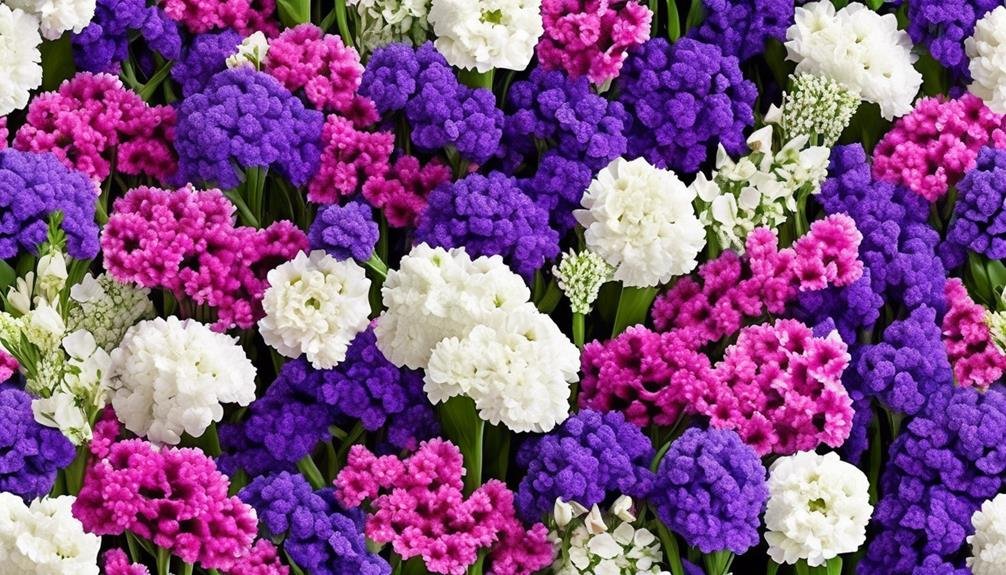
Statice, also known as Limonium, offers a wide array of varieties, each with unique colors and characteristics, making them a versatile choice for floral arrangements.
Some popular varieties include 'Charm Blue' with deep blue flowers, 'Emile Lavender' with delicate lavender blooms, 'Million Purple' symbolizing royalty with its rich purple flowers, and 'Apricot' with unique apricot-colored blooms.
Statice isn't only ornamental but also practical, with edible flowers and leaves that can be used in culinary dishes.
Additionally, statice is prized for its drying capabilities, retaining vibrant colors for long-lasting dried arrangements.
Whether used fresh or dried, statice varieties are known for their longevity and versatility, making them popular among floral enthusiasts and professionals.
Seasonal Availability
Statice flowers are available mainly in the summer and fall, but can be found year-round in some regions thanks to greenhouse cultivation. They thrive in warm, dry climates with plenty of sunlight. In cooler areas, they can be grown in greenhouses to extend their availability.
This sustainability makes them a great choice for eco-conscious florists and consumers. Greenhouse cultivation reduces the need for long-distance transportation, lowering the carbon footprint of flower delivery.
Care Tips
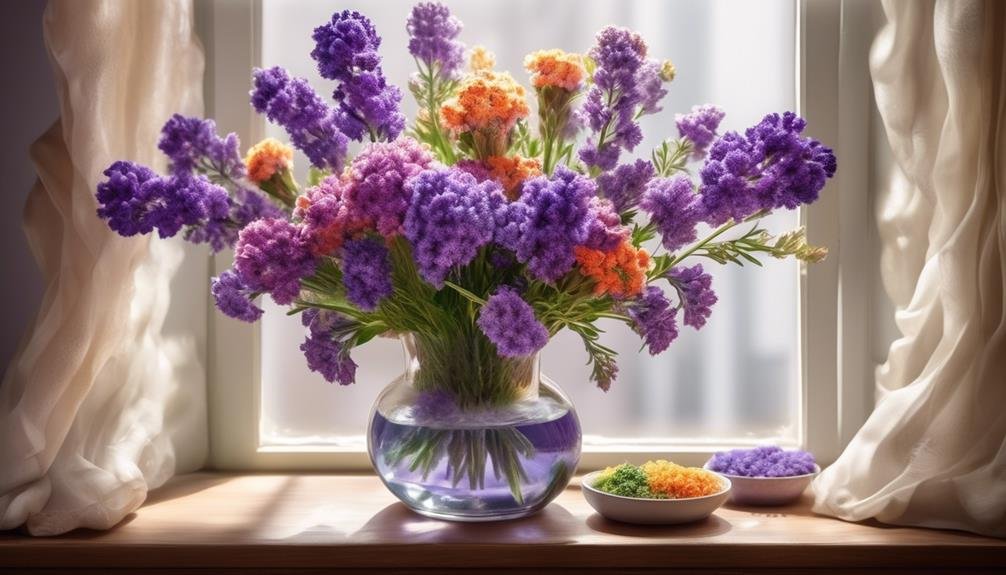
To ensure optimal growth of statice plants, place them in sunny and bright locations where they can receive ample sunlight. Here are some essential care tips to help you keep your statice plants healthy:
- Water statice plants once every other day when they're transplants or seeds, and once or twice a week when mature. Avoid overwatering to prevent rot and mold around the roots.
- Regularly prune dead or diseased portions of the plant using clean, sharp pruning shears to maintain its health.
- To extend the vase life of statice cut flowers, strip the lower stems of foliage and protrusions to prevent bacterial growth in the water.
- Keep an eye out for common problems such as powdery mildew, aphids, and root rot, and take prompt action to address them.
What are the best ways to care for Statice and Carnation flowers?
When caring for Statice and Carnation flowers, it’s essential to choose the right types of florist flowers. Keep them in a cool location and change the water every few days. Trim the stems and remove any wilting blooms to extend their vase life.
Conclusion
Statice flowers, scientifically known as Limonium, are a popular choice for florists due to their vibrant colors, long-lasting freshness, and positive symbolism.
With over a hundred varieties available, they're suitable for various occasions and can be dried for arrangements.
Statice flowers are also deer-resistant and attract pollinators, making them a favorite among gardeners.
With proper care and attention to seasonal availability, statice can thrive and bring beauty to any setting.
